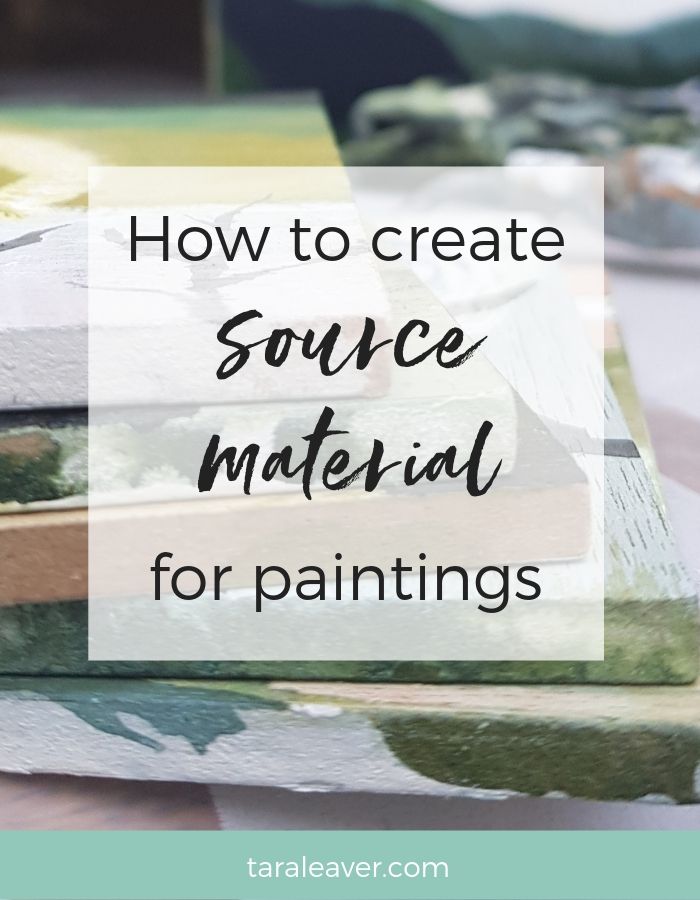
Art is a wily beast. Sometimes it flows out like we’re possessed; other times it’s like we’ve forgotten how to make a tiny mark with a pencil.
That’s why it’s helpful to have your own evolving personal library of inspiration.
My tutor called it a larder; I like library because I’m a book nerd and libraries are very exciting places for me. Any metaphor for having things in reserve for lean times or quiet moments will do. 😉
It’s likely you already have some favoured ways of creating and gathering source material for your paintings, but maybe you could use some fresh ideas.
Or perhaps you’ve been hearing about how you ‘should’ have a sketchbook for studies and plein air work that you can bring into the studio and work from later. {A sketchbook is a great idea but there are SO many ways to approach this, it needn’t be a should.}
Either way, there really is no limitation on how you build your library/fill your larder, but it’s a very good idea to spend time doing it, whether regularly or just from time to time. I’m always intensely grateful for mine when I get stuck or need ideas.
Two things to note
Whatever your preferred method, there are a couple of things that will help you here, whatever your kind of art.
The good news is, as an artist you’re likely doing them already to some degree, and possibly without realising. Bringing them into conscious behaviour will make them that much more powerful.
The two things are:
1.Being present
By which I mean, staying alert and open to inspiration wherever you are, be it a field of poppies or the supermarket. Then noting it down somewhere for reference or expanding on later, whether it’s a note in your phone, a photo, or a quick sketch.
2.Listening to your impulses
Try not to censor yourself too much when it comes to ideas or sudden desires to try something.
Too many artists think that is a weakness. I disagree, although I understand the entirely valid concern about consistency.
But when it comes to source material, try not to put any boundaries around that. You can separate different types of ideas into different sketchbooks for example, and build each one up as and when.
Gather it all first, refine later.
Those two little nuggets are largely responsible for my entire current body of work, which is arguably some of my best work ever, is consistent, meaningful, and feels like tapping into a rich vein of artistic goodness.
Just putting that out there. 😉

Sidenote: I talk about paintings because that is what I do and what most of the people I serve do as well, but this works for other mediums too.
Cross pollinating disciplines can be a brilliant way to create new work and really zhuzh up your practice.
And of course my leanings are more towards abstract and expressive work rather than realistic re-creation; for one thing, that makes literally anything you want fair game for collecting.
So let’s look at some ways you can create and collect source material for your art. I’ve divided it into indoor and outdoor gathering.
outside
drawings
There are approximately a million ways to record by drawing. Quick is often best/necessary if you’re out and about.
I always love blind contour, but if you’re looking for something with a bit more accuracy for reference later, a more traditionally rendered drawing will be more useful.

If you have a bit of time, you could add colour with a portable watercolour set or {water soluble} coloured pencils, or I like Inktense blocks because they can be used both wet and dry.
Bring a water brush {which you’ve handily remembered to fill with water} and you’ve got both options.
An ‘on the go’ art kit needn’t be complicated – this is about taking visual notes you can bulk out later. That can mean both written notes and drawings.
Maybe add a glue stick and some paperclips too.
You could collect a whole group of renderings of whatever’s inspiring you:
- a couple of quick blind contours
- a couple of contour drawings that are not blind {ie. you’re allowed to look at the paper but not to lift your mark making tool off it}
- one or two slower, more considered renderings
- some colours you want to remember for later
- 360°drawings – just stay in one spot and rotate yourself, drawing sections of your view each time {great if you want to remember specific features}, and try layering the drawings over each other if you’re going abstract. {Artists Peter Lanyon and Ben Nicholson used to drive around Cornwall doing this, I’m told.}
bits and bobs
This can be especially useful if you’re a mixed media or collage artist. Polaroids, tickets, flowers and leaves, postcards, stamps, bits of paper that might be good for collage – whatever you find while out and about that catches your eye can go in, even if you’re not sure how or if it relates to anything.
It’s basically an endless treasure hunt. What’s not to like. 🙂
photos
Most of us have a smartphone these days which makes it ridiculously easy to snap photos anywhere at any time. A camera will also do this. 😉
Think not just about capturing exactly what you’re seeing, but see if you can take photos that also capture the feel of the place, the energy of the environment, any specific colours you may want to try mixing later, or motifs that look interesting.
Zoom in, zoom out, photograph your subject from different angles. Take video if you like.
Using the macro option if you have one can be very useful for capturing detail.
Smartphones are extra useful here because you can then run your photos through apps to develop them further, or create layered composites to inspire future paintings. {The Diana Photo app is good for this.}
Related post: How to find inspiration for paintings in unusual places
inside
Back in the studio is where we can organise, store and play with our outdoor finds.
You might have shelves of sketchbooks, boxes of collage materials, art books and magazines, or an inspiration wall composed of images and other bits that are currently inspiring you.
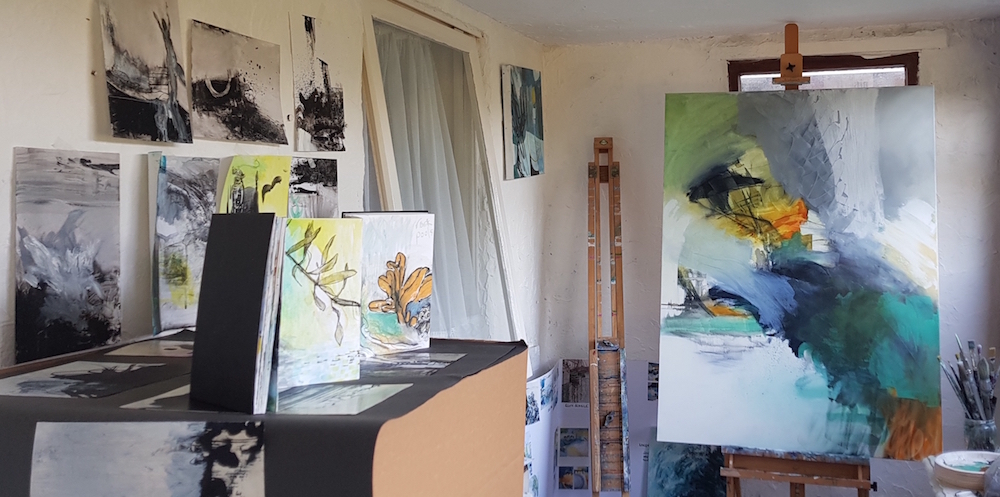
Or you might like to have everything laid out where you can see it at once, like me. 🙂
drawings
Sometimes when my well is a bit dry, I’ll go back through old work in portfolios and sketchbooks looking for paintings or drawings I can work from and make new.
Related post: 4 ways to use sketchbooks
bits and bobs
A collage box – or different ones for different types of materials, or words and images, or however you prefer to categorise them – can be great for rifling through and combining things for fresh inspiration.
You can also make your own collage materials, from torn up old paintings that didn’t work out, to painting with different tools on paper to create different textures and effects.
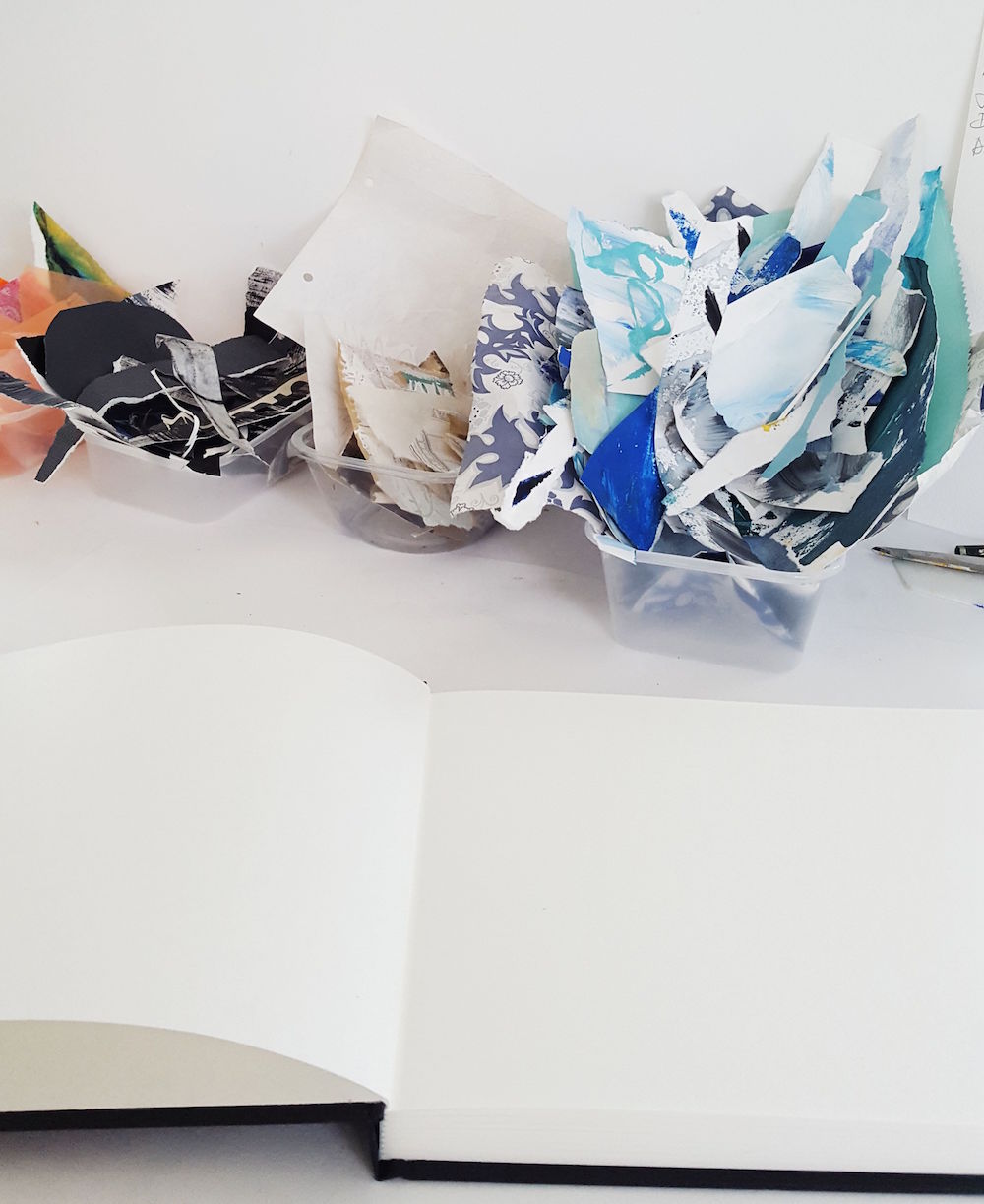
I like to make little vignettes or inspiration walls to explore ideas, both in the studio and around my house. Given that one definition of creativity {and my favourite} is combining the unexpected to create something new, this can be a great way to play and explore before committing to canvas.
If you’re a still life fan, or simply want to practice your drawing without spending any money, gathering objects from around your home and arranging them in different ways will provide all sorts of subjects to work with.
courses
Another indoor larder filling activity is taking courses and classes. {And some are outdoors too of course.}
While I think there comes a point where you know what you’re doing enough to not need to take endless courses, a class in something that interests you, or in which you’d like to develop particular skills {such as life drawing}, whether online or off, can be a great freshener upper from time to time.
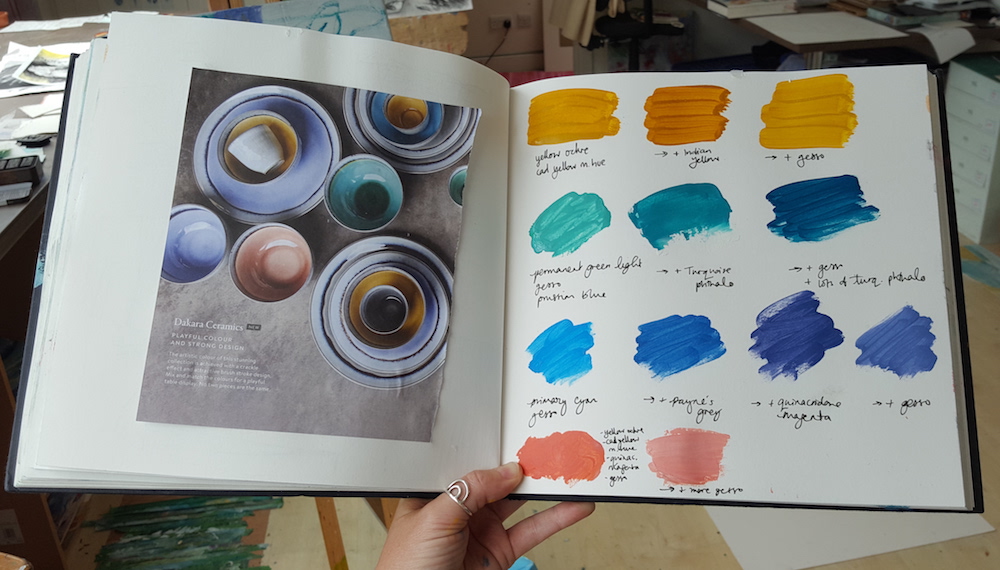
The beauty of having your own library of source material is that:
a} it’s a living, ever growing resource with no rules {unless you feel like putting some in, and you can move the goalposts at any time}
b} the more time and energy you spend hunting and gathering – or simply staying present and giving due attention to your impulses, as we talked about earlier – the more it will become second nature to do this, so there will frequently be fresh material in your library
c} it’s a great way to explore a new idea you’re not sure has legs
d} it’s a great way to explore your many and varied interests without confining you to doing just one thing for the sake of consistency
~~~
There are a lot of ideas here, and not all will necessarily appeal, but if you’re feeling a bit stale you could pick any as your starting point and go from there.
Spending time on your larder is never wasted time.
You are the artist; you get to pick and choose what will – or might – work for you, and try it out!
Over to you
How do you gather source material for your art? Share your tips and tricks in the comments!
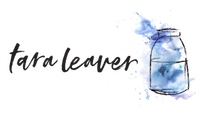
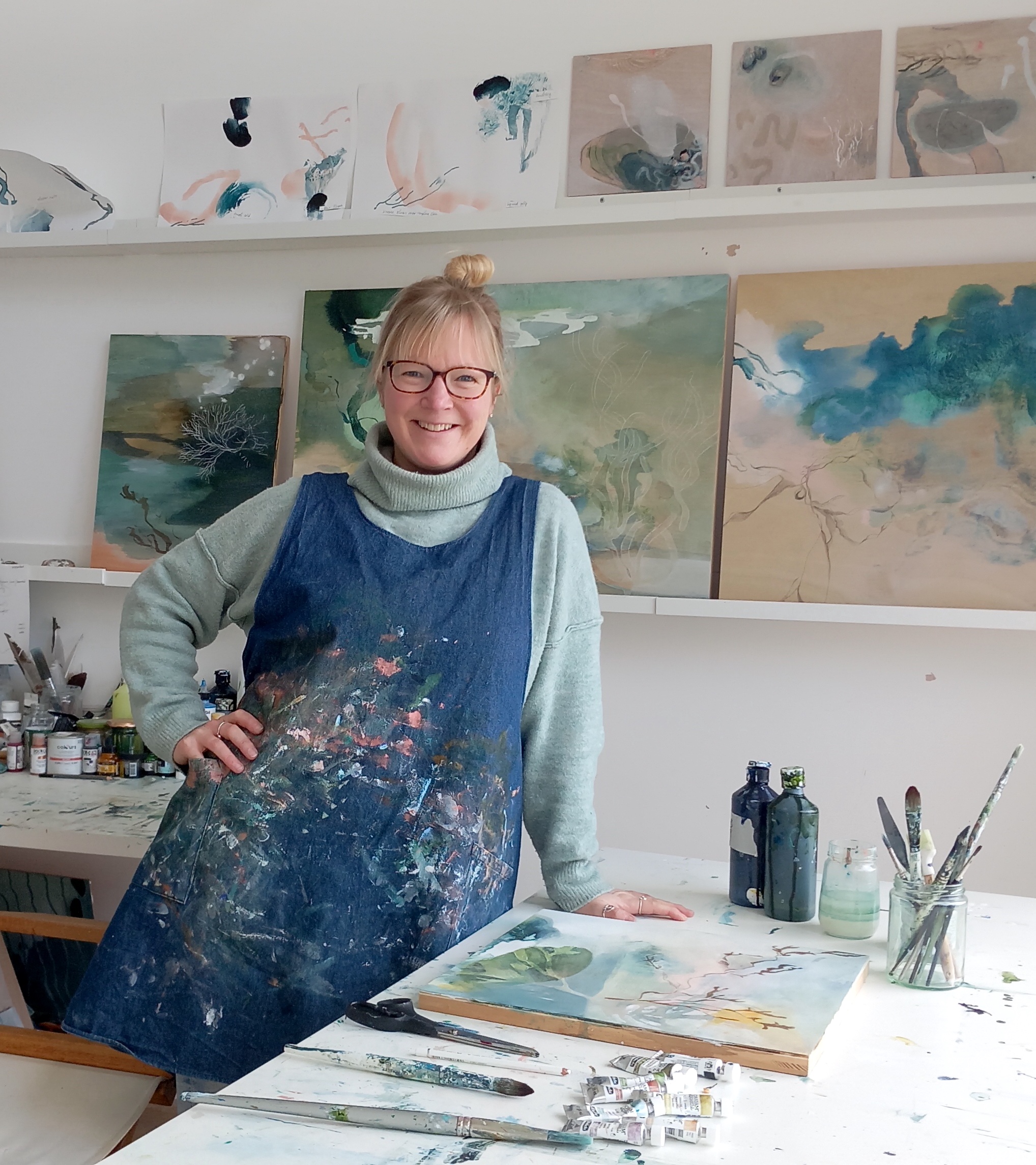
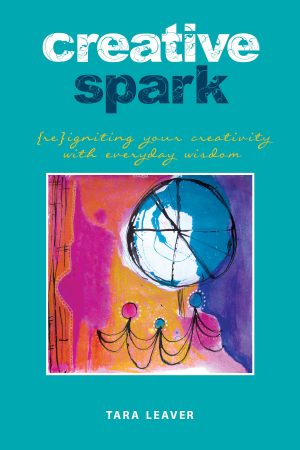
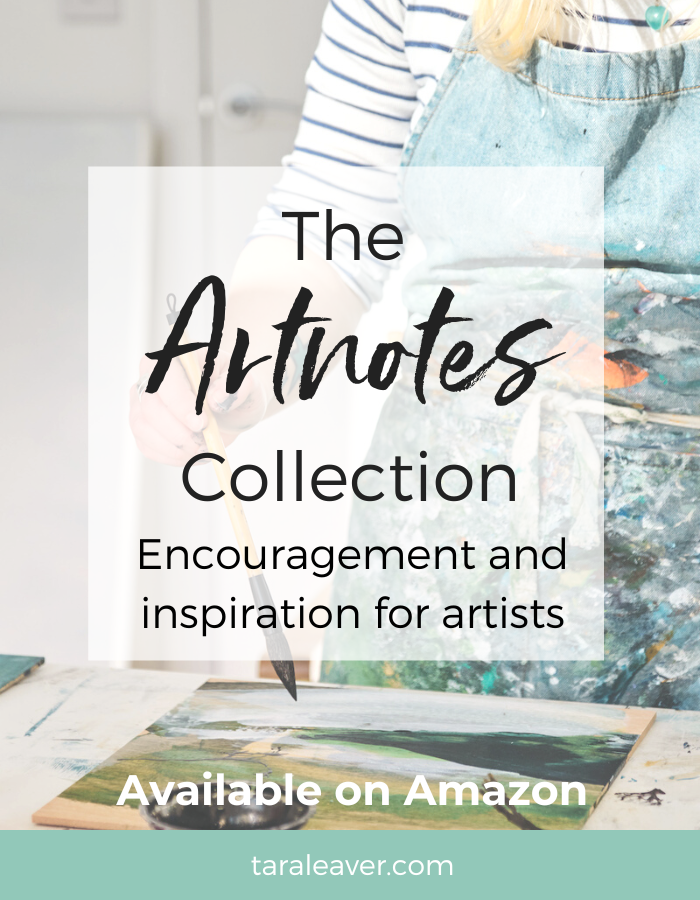
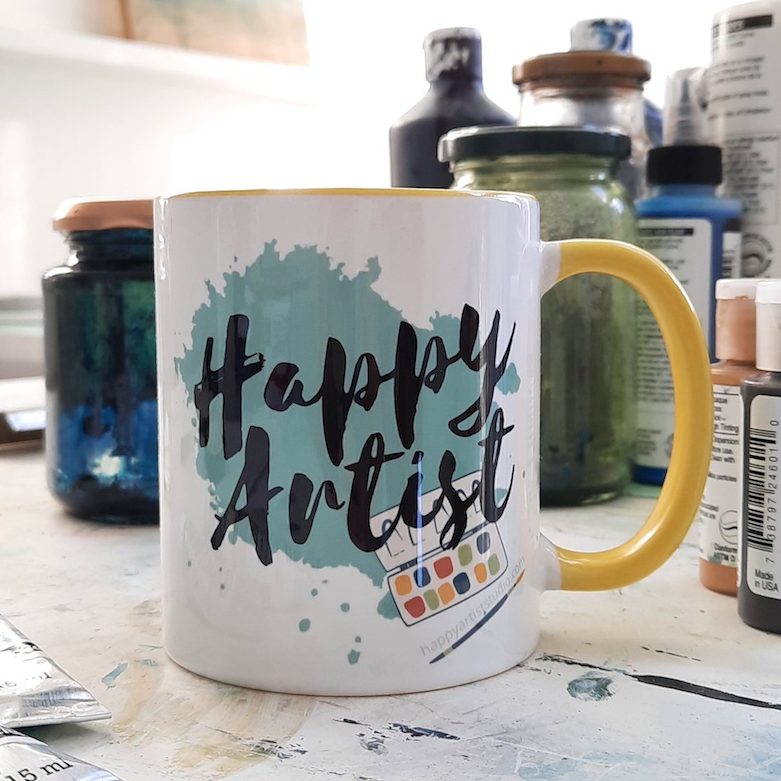
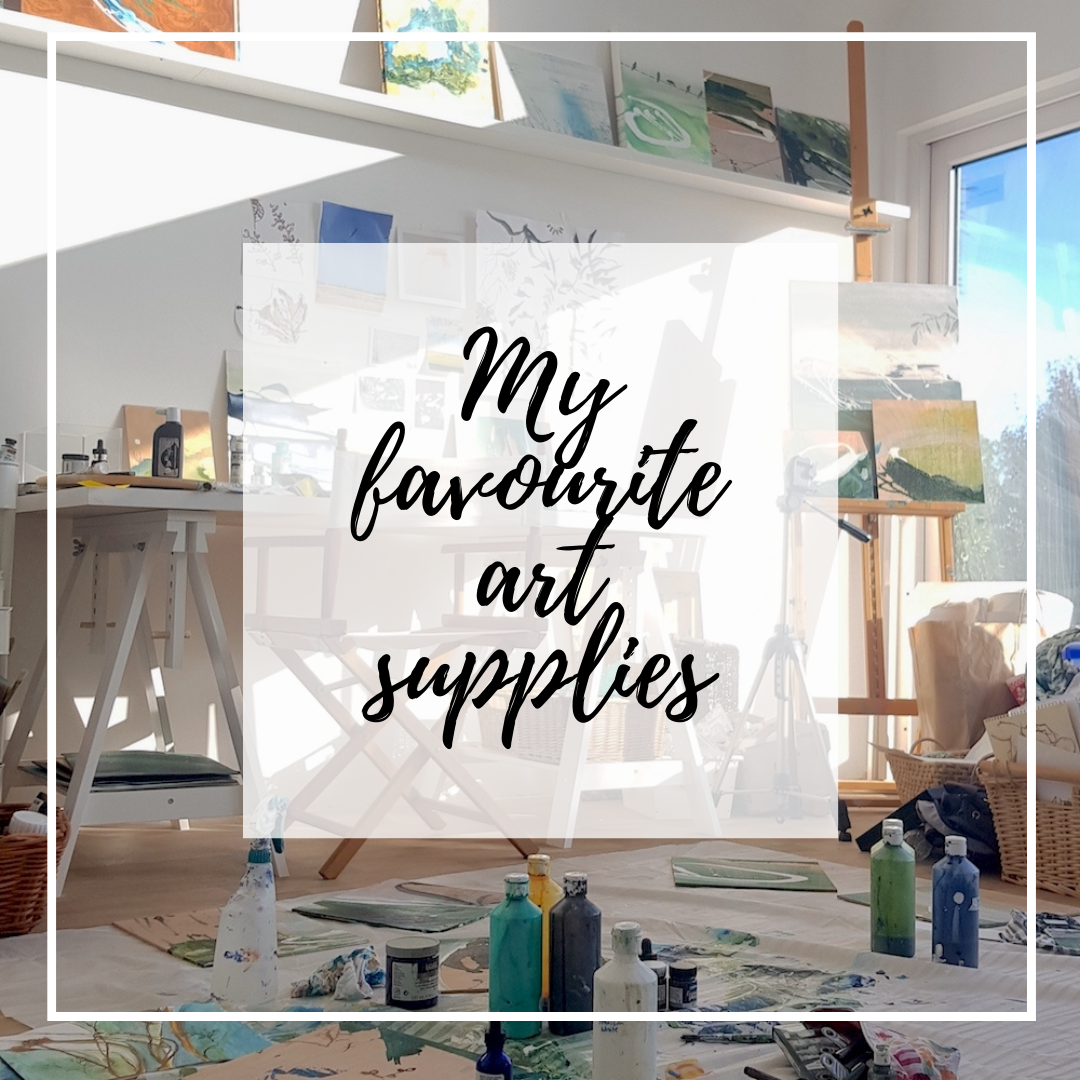
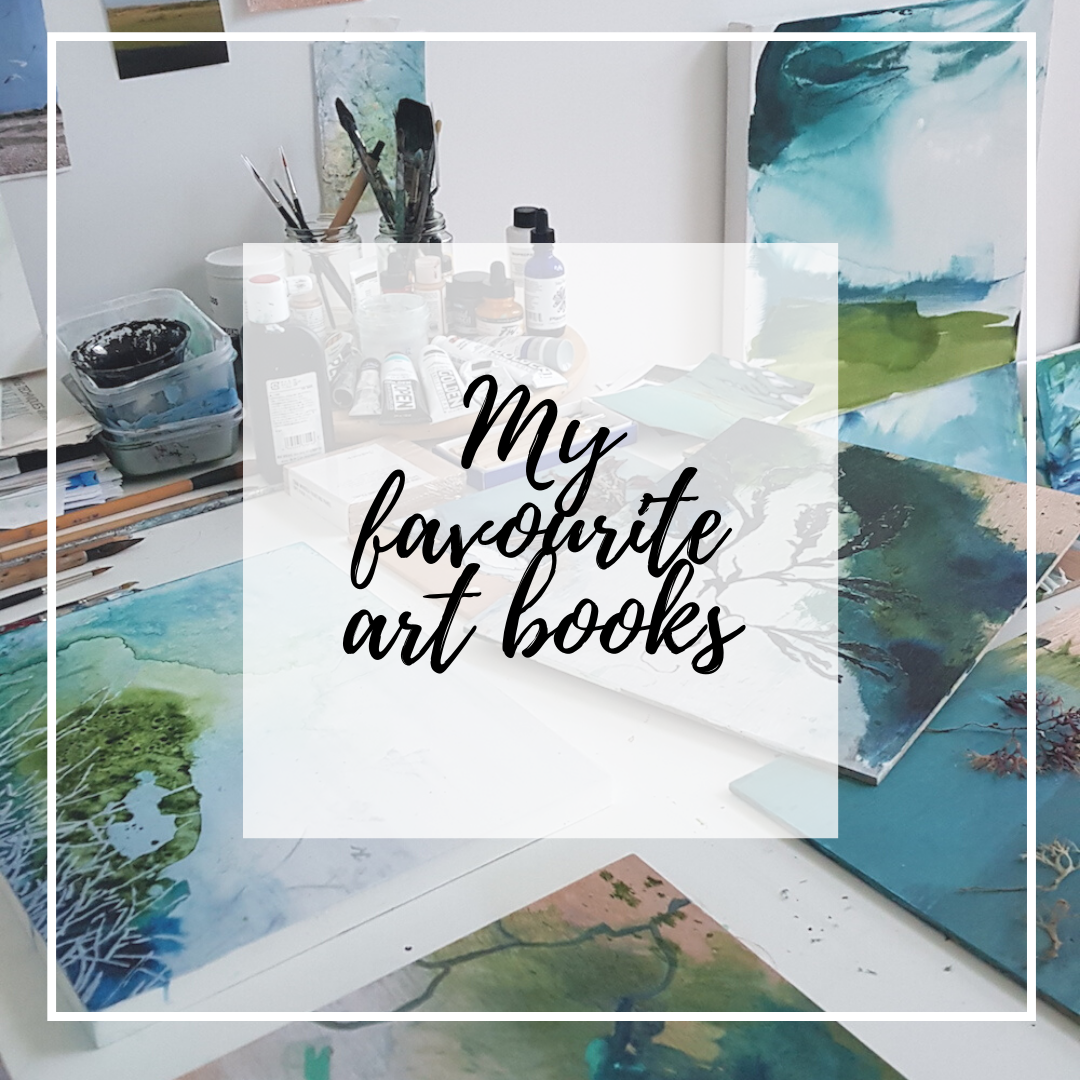
Always enjoy seeing Artnotes arrive in my inbox–like a gift to my creative self! Thank you for sharing your ideas, inspiration, talent and wit.
Thank you for the kind words Kelly – glad you enjoy them!
Hi Tara,
Loved this post! I do agree your recent work is your best yet!
I’m lucky to have a ton of ideas to last me a lifetime???? So my larder is deciding which one to pick. I found that giving myself constraints, such as picking two colours, or one technique really helps. I keep sketchbooks for different things; colours I like, techniques to try, etc.
I keep a HUGE Pinterest board of ideas.Also bags of collage material.
Cheers,
Victoria
Thank you so much Victoria! Great point about when your larder is overflowing – an altogether different proposition! Constraints are such a huge part of creativity I think.